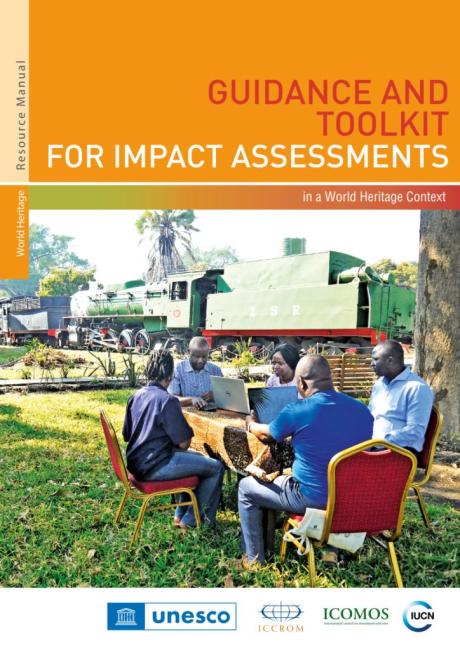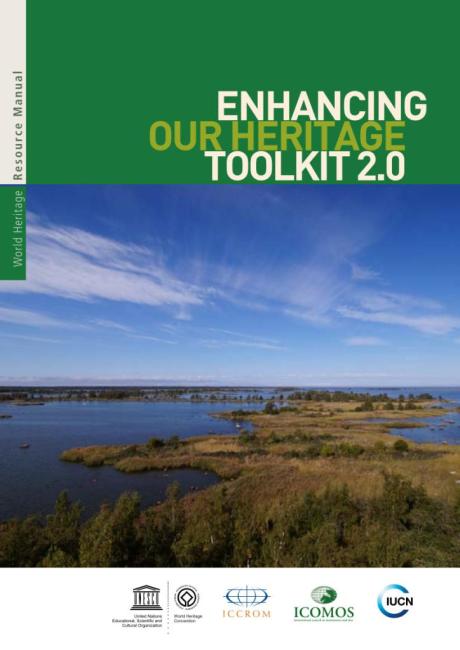Managing World Heritage

The objective of this manual is to provide a broad overview of heritage management in order to be useful for a range of heritage places around the world that need integrated approaches to their protection and management. It is based on the premise that a World Heritage property will be a part of a larger heritage place, which can be important for many heritage related reasons. Managing World Heritage is an ongoing and urgent challenge, which requires an integrated approach to management able to guide the evolution of properties over time within their wider social, economic and environmental contexts defined as the ‘heritage place approach’. Special attention was placed on aligning and clarifying terminology between different manuals and documents, and considerations were made on how key terms would be translated and defined in different languages to ensure that the content could be applicable to diverse realities on the ground.
Are you interested in a specific topic?
Choose the manual that meets your needs



